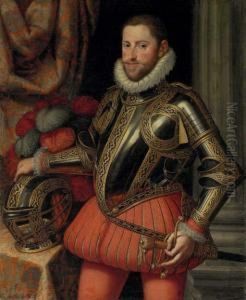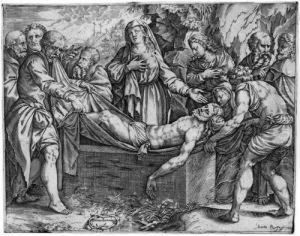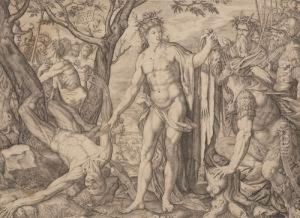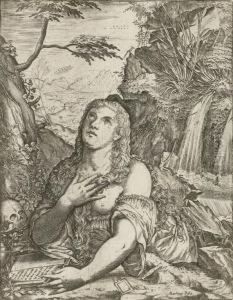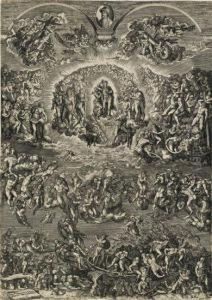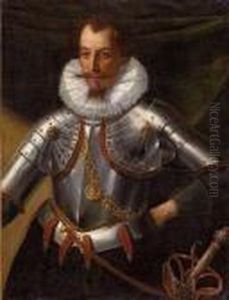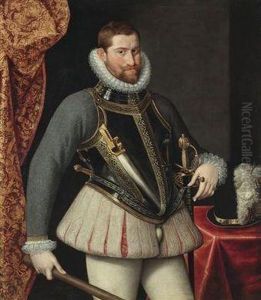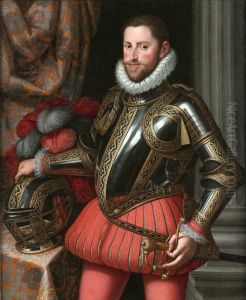Martino Rota Paintings
Martino Rota, also known as Martin Rota and Martinus Rota, was a notable engraver and draftsman of the Renaissance period. Born around 1520 in Sebenico, Dalmatia (modern-day Šibenik, Croatia), Rota spent a significant part of his life in Italy, which was the epicenter of Renaissance art and culture. His exact date of birth is not well-documented, but his contributions to the art world are well-regarded.
Rota initially trained in the workshop of Giulio Campagnola in Venice, where he honed his skills in the art of engraving. The influence of the Venetian school is evident in his early works. His talent soon garnered attention, and he began to develop a reputation for his precise and detailed engraving technique. Rota's engravings were primarily based on the works of other artists, and he was known for his ability to translate paintings and drawings into intricate prints.
Around the 1560s, Rota moved to Rome, which was another artistic hub during the Renaissance. There, he came under the influence of the prominent artist, Michelangelo. Rota created engravings based on Michelangelo's works, as well as designs by Raphael and other Renaissance masters. His engravings served as a means of disseminating the styles and ideas of these great artists throughout Europe.
One of Rota's most famous engravings is the 'Martyrdom of St. Lawrence,' which is based on a lost drawing by Michelangelo. He also produced a well-known series of engravings depicting the 'Labors of Hercules.' These works are characterized by their dynamic compositions and the skillful rendering of anatomical detail, showcasing Rota's mastery over the medium.
In addition to his work as an engraver, Martino Rota also served as a medallist and worked on several commissions for the Habsburgs. His engravings of Roman ruins and other antiquities were particularly appreciated by scholars and collectors during the Renaissance and contributed to the period's growing interest in classical antiquity.
Despite his success as an artist, there is limited information about Rota's personal life. He is believed to have died in 1583 in Rome. His legacy endures through his engravings, which continue to be studied and admired for their technical excellence and their role in the proliferation of Renaissance art. Martino Rota's works can be found in various museums and collections, offering insight into the artistic exchanges and influences that shaped European art during his time.
